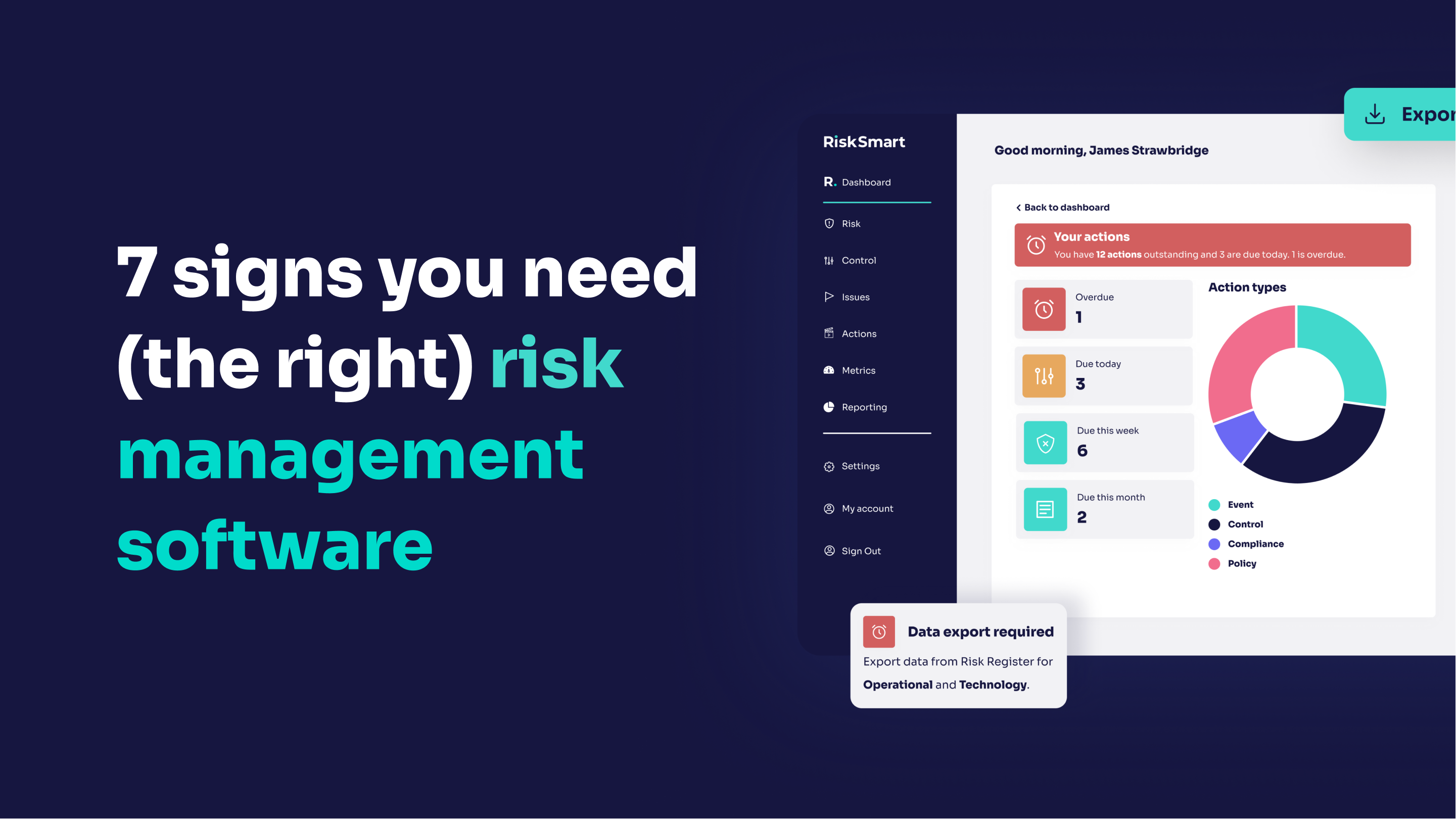
A strong media profile reassures investors, customers and employees alike. At the most basic level it demonstrates that journalists, who are (mostly) perceived as neutral, see the value in your brand. And, if someone researching your company online is greeted by a host of positive articles, your credentials are assured before they even reach your website.
If you have not previously engaged a PR agency, it can be hard to know where to begin. So we’ve provided seven tips that will help you get started.
- Be clear on your objectives
Before diving in, think about what you want PR to do for you. Are you trying to attract investors, recruit a specialist team or just sell more stuff? Or, all of these things?
Take some time to consider what you need to say and to whom. What’s the profile of the audience you need to reach? What do they care about? What’s the best way to reach them?
Answering these questions will help you to formulate your messages and decide the kind of PR activities you could be doing. For tech startups, PR is rarely a question of sending out a news release and sitting back to await the call from Wired or TechCrunch.
- Get your stories straight
Once you’ve sorted out what you’re trying to do, focus on the stories — starting with the company. Know where you have come from, and – more importantly – where you are going. The same goes for your product. Don’t just think about what your product or service does – make it real by showing how it transforms a business or improves a life. Find the human link. The most un-sexy piece of B2B software affects a person somewhere down the line.
Avoid reaching for the cliches. Your company may be “transforming the way organisations do business” but you also have to explain exactly how you’re doing that. And be careful of technical jargon. Not everyone you need to reach will be an expert.
- Lead by example
For investors in particular, the senior team is key, and building credibility for a startup often hinges on its founder. As a leader you may not necessarily be a fan of limelight, but you will need to be prepared to put yourself forward. If you are at the stage where your customer base is still small, communicating your expertise will be fundamental to building your company’s reputation.
If you have concerns about stepping into the public eye, read our leadership whitepaper to see how leaders with a wide variety of personality types find and develop the confidence to be a figurehead.
- Get noticed!
Customer stories are ideal – but unless you’re very lucky, you can’t rely on them for PR. Instead, create your own thought leadership content to show off your expertise. Just make sure that any articles you write are neutral, informative and well written.
Another option is to commission independent research or to collaborate with influential people in your industry to produce some original content that your audiences – and the media — will appreciate.
Consider entering your business into awards. Even making it to a shortlist can boost your credibility.
- Build a broader presence
Look further than just traditional media. Podcasts and speaking opportunities at conferences and events can be incredibly powerful. Take a holistic view and don’t regard these activities as separate from your PR strategy.
Social media, too, is integral to your PR. Interactions on the right platforms can show a different side to an individual and company, helping to build that likeability factor. This connection with individuals is often overlooked in tech companies that operate in the B2B market, but it’s crucial.
You can also make the most of your PR successes - whether that’s coverage, awards nominations or event appearances – by sharing them via email, social media channels and on your website
- Nurture the interest generated
So, you’ve secured a huge article in the Sunday Times about you, your product or your company. Hundreds of people are heading to your site to find out more. Are you ready?
When you pique potential customer interest, make sure that you can guide them to the next stage, whether that’s making a purchase, arranging a chat or downloading more information.
It’s vital to have the right content on your site, along with easily accessed contact details, and clear calls to action. PR isn’t about selling, but once someone’s been driven to your website, they’re all yours!
- Find out what works
Finally, monitor your PR successes and failures. PR is not an exact science - a huge hit in a national newspaper doesn’t necessarily mean sales. Similarly, that customer you thought had found you on Google may turn out to have discovered you in a magazine article.
So how do you know it’s working? Keep asking questions within your company. Not just within the sales and marketing teams, but in product and service development too. PR is a circular discipline – you reach customers via the media, but finding the right stories for the media ultimately comes from understanding what your customers want. And you need to review this all the time.
If you’d like to know more about measuring PR, read our ‘Can Do’ blog series.








